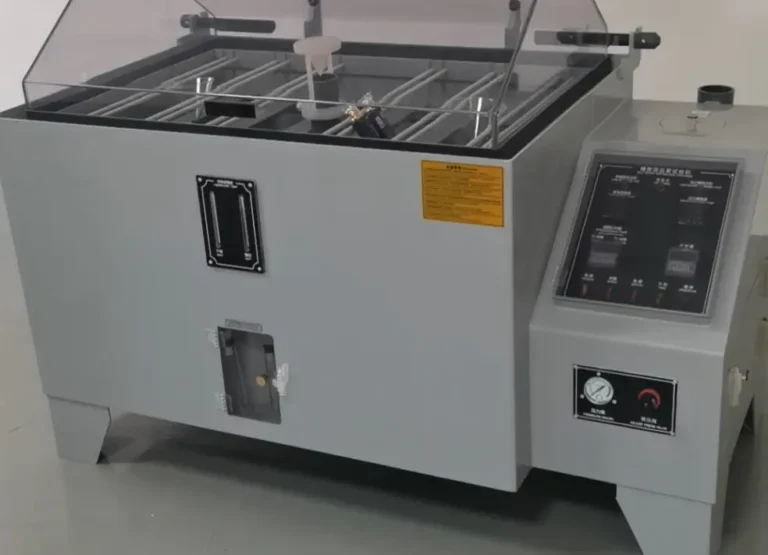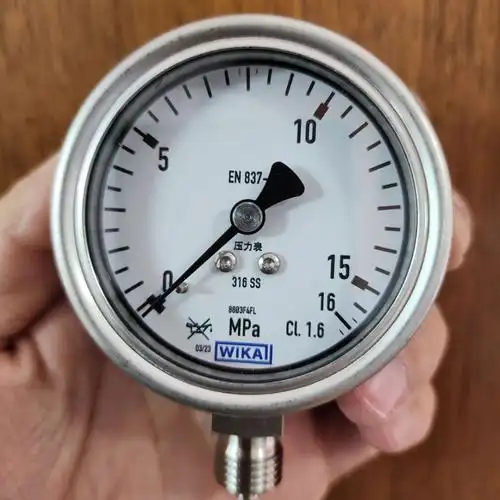Free running torque of hose clamp
What is the free-running torque of the throat clamp? The free-running torque of the throat clamp refers to the torque…

What is the free-running torque of the throat clamp?
The free-running torque of the throat clamp refers to the torque value required to enable the throat clamp to rotate smoothly when installing or removing it. It reflects the ease of rotation of the throat clamp during operation and is an important indicator for measuring the performance of the throat clamp.
Why is the free-running torque of the hose clamp important?
On the one hand, the appropriate free-running torque can ensure the smooth installation process and improve work efficiency. If the torque is too large, the installer needs to spend too much effort to turn the hose clamp, which increases the difficulty and time of installation; if the torque is too small, the hose clamp may turn easily during installation and cannot be accurately positioned to the appropriate tightening position. On the other hand, the appropriate torque ensures the reliability of the hose clamp after tightening. Too large or too small torque may affect the tightening force of the hose clamp on the pipe and other components, which may lead to looseness, leakage and other problems at the connection, affecting the normal operation of the equipment and even causing safety accidents.
What factors affect the free running torque of the hose clamp?
The material of the hose clamp is one of the key factors. Different materials have different properties such as hardness and surface roughness. For example, the hardness and surface smoothness of the stainless steel hose clamp may lead to different free running torque compared with the ordinary carbon steel hose clamp. The structural design of the hose clamp also has an impact. Different locking methods (such as bolt type, worm type, etc.) and the compactness of the structure will change the friction during rotation, thereby affecting the free running torque. In addition, the temperature, humidity and presence of corrosive media in the use environment may also affect the free running torque by changing the surface state or material properties of the hose clamp.
How to accurately measure the free-running torque of the hose clamp?
Generally, professional torque measurement tools such as torque wrenches are used. Install the hose clamp in a simulated actual working environment, slowly apply torque through a torque wrench, and monitor the torque value when the hose clamp starts to rotate freely. This value is the free-running torque of the hose clamp. During the measurement process, ensure that the measurement environment, installation method, etc. are as consistent as possible with the actual use conditions to obtain accurate and reliable data.
In short, torque is the measure of how easy it is to install a Seikou hose clamp, as its design allows us to tighten it easily and safely at the same time.
Contact us today to find out more about our hose clamps.







